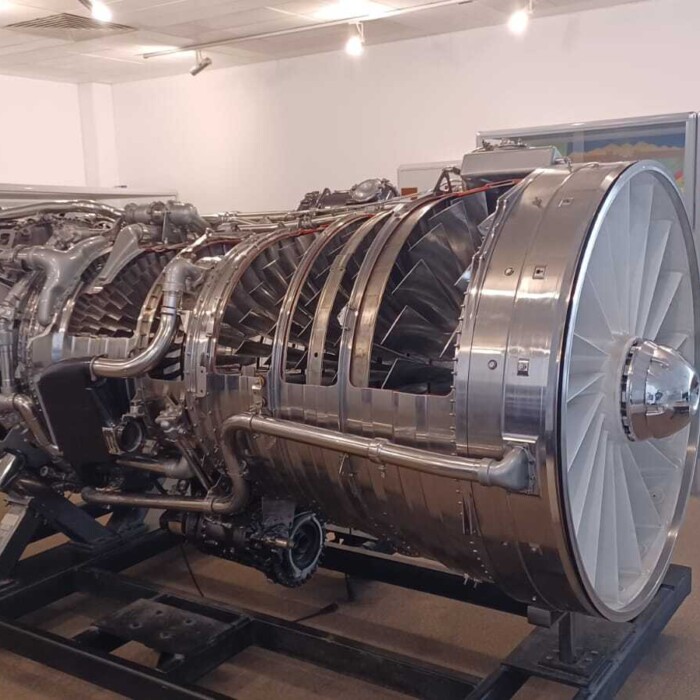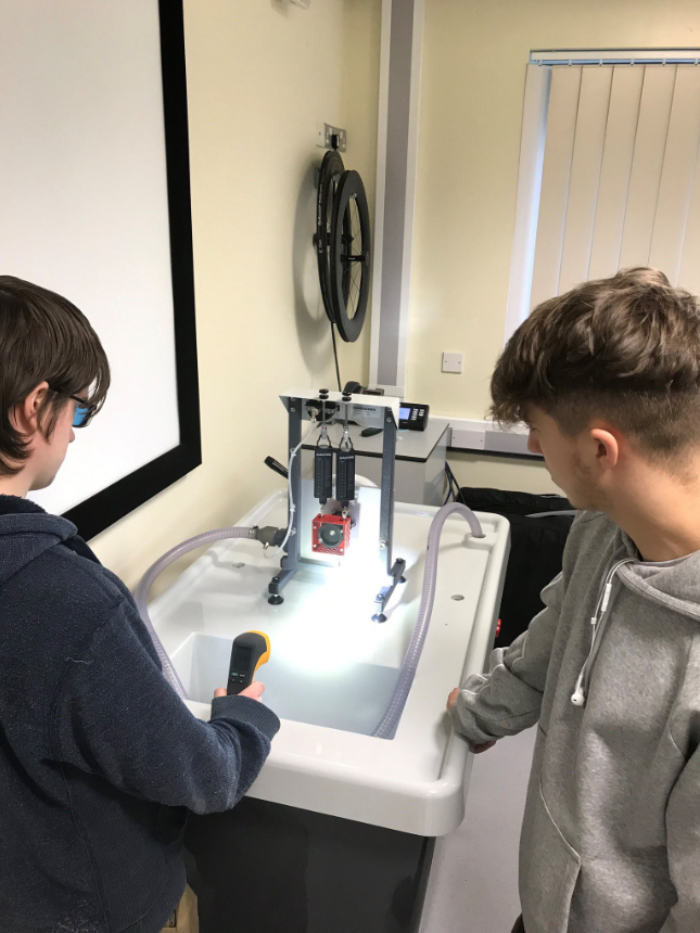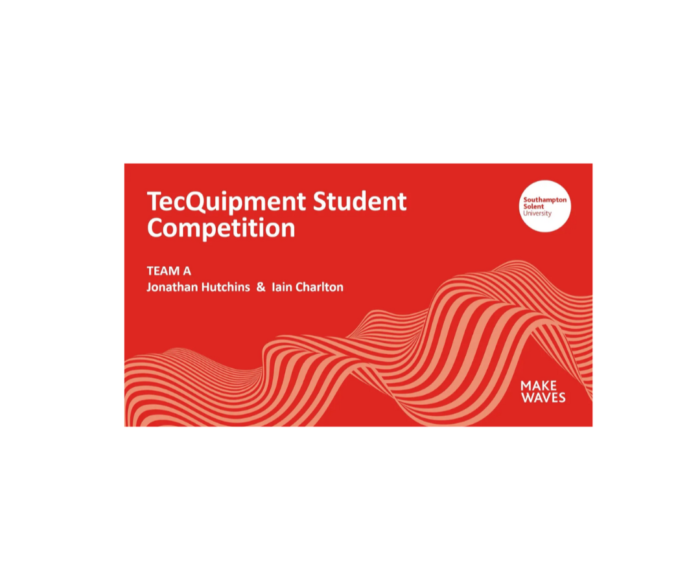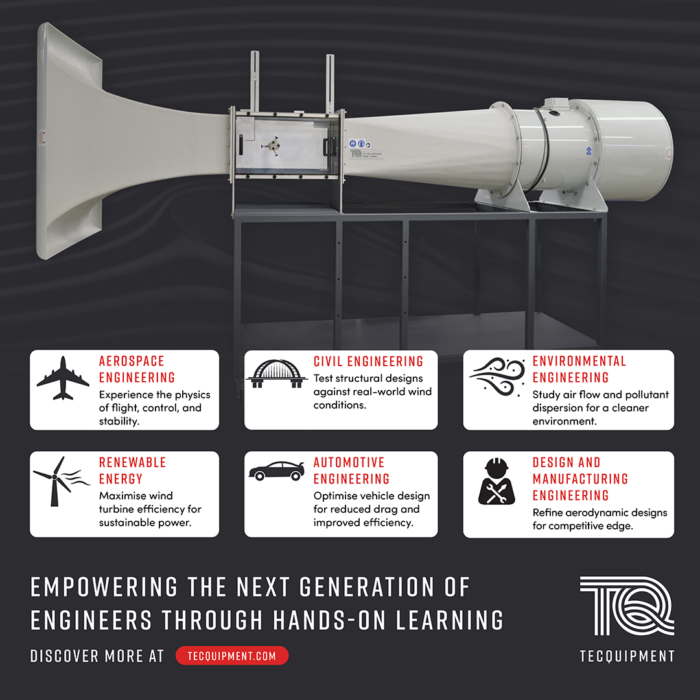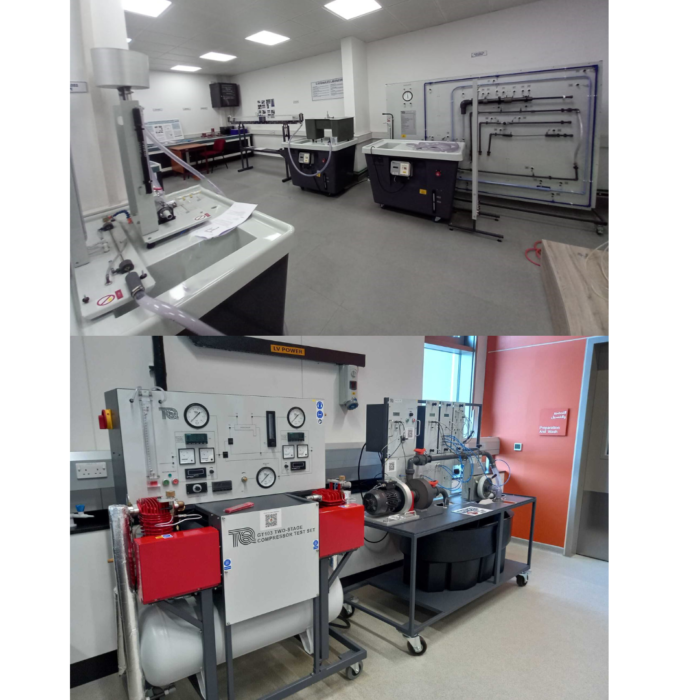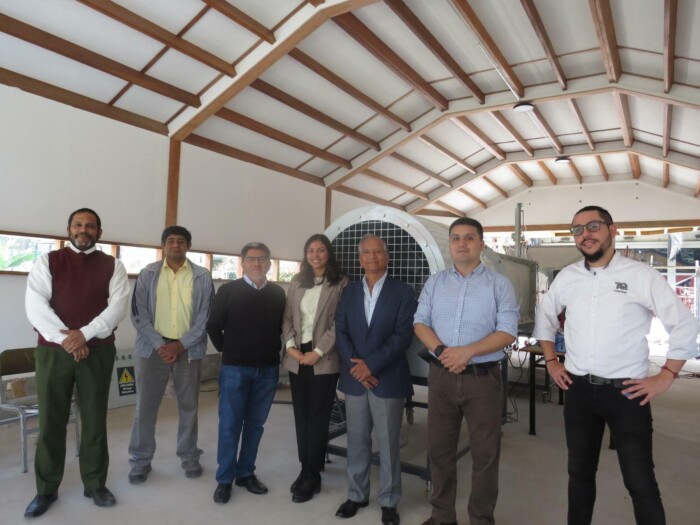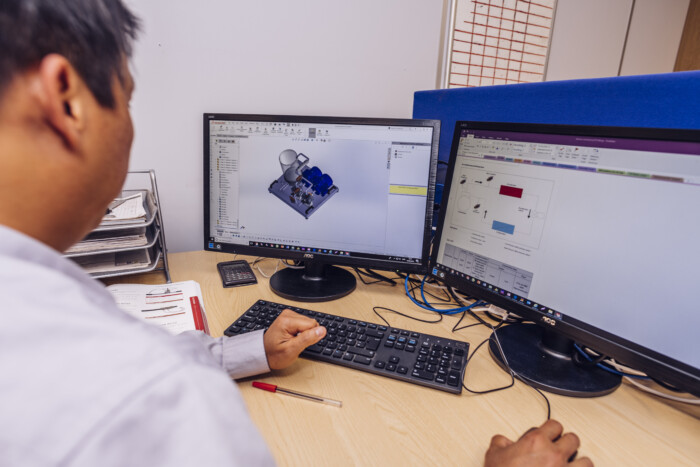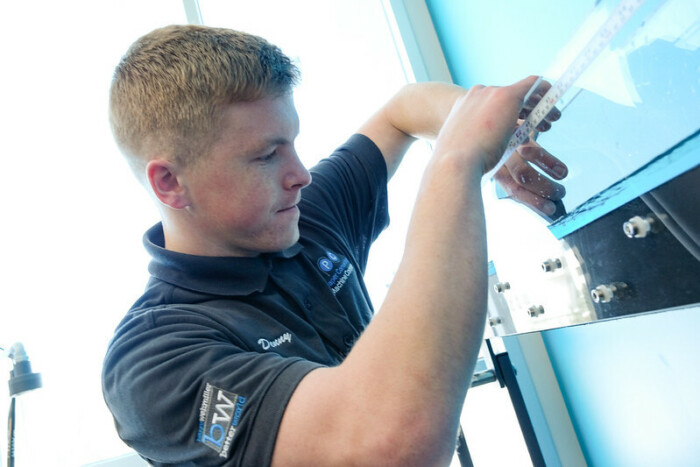This engine - No. 59355 - was built in Bristol, England in 1968 as one of only 24 flight development engines created specifically for the Concorde prototypes 001 and 002. It played a critical role in pioneering supersonic commercial travel, helping Concorde 001 reach Mach 2 on its first high-speed flight in November 1970. The engine was eventually retired following a high-pressure compressor blade failure—damage that can still be clearly observed through its sectioned casing.
Why Engineering Heritage Matters in Education
The display of this turbojet engine at Sultan Qaboos University allows students to gain real insight into the intricacies of propulsion systems, aerodynamics, and materials science, by studying historically and technologically significant equipment. Preserving and showcasing these artefacts provides vital context. It enables students not just to learn theory but to understand the real-world challenges and triumphs behind pioneering engineering breakthroughs.
At TecQuipment, we are proud to have supplied, sectioned, and show-finished this piece—ensuring it continues to educate and inspire, decades after its final flight.
What Students Can Learn from the Olympus 593
Supersonic Power and Precision: The Olympus 593 was unique among aircraft engines, not just for its raw power, but for the innovative technologies it integrated to make sustained supersonic commercial flight a reality.
Afterburners (Reheat): The Olympus 593 was the first turbojet with reheat capabilities to be used on a commercial airliner. This offered increased thrust, enabling Concorde to accelerate through drag and cruise at Mach 2.
Special Intake Vents: Concorde’s unique intake ramps engine design allowed incoming air to be slowed down before entering the engine, preventing the compressor from stalling. The intake ramps managed shockwaves to decelerate the airflow to subsonic speeds—allowing the turbojet to operate effectively.
The Olympus 593 is a gateway into multiple advanced engineering topics:
- Supersonic Flight: Understanding the aerodynamic and propulsion challenges of travelling faster than the speed of sound.
- Thermodynamics and Engine Efficiency: Investigating how the engine maintained exceptional performance at altitude and speed.
- Engineering Design: Exploring how each component—from compressors to turbines—was optimised for function and endurance.
- Sustainability and Innovation: Analysing the balance between power and fuel efficiency in high-speed aviation, and what it means for future aircraft.
- Engineering Collaboration: Learning from the revolutionary partnerships that built this engine. Even the name concord (meaning harmony) was chosen to demonstrate a united cooperative idea.
While the engine and Concorde no longer fly, the aerodynamic principles that governed its design are still relevant in today’s classrooms and laboratories. Concepts such as lift, drag, boundary layer behaviour, and compressible flow remain essential to modern aerospace and automotive industries.
Exploring Aerodynamics with TecQuipment
Our Aerodynamics product range supports this ongoing learning, giving students the tools to explore complex aerodynamic phenomena through practical, hands-on experiments. From wind tunnels to flow visualisation apparatus, our equipment is designed to reinforce theoretical understanding with tangible investigation—just as the Olympus engine does on a historical scale.
Explore our Aerodynamics range to find out more: www.tecquipment.com/aerodynamics
If you want to learn more about the Concorde and its impact click this link: Concorde Olympus 593

